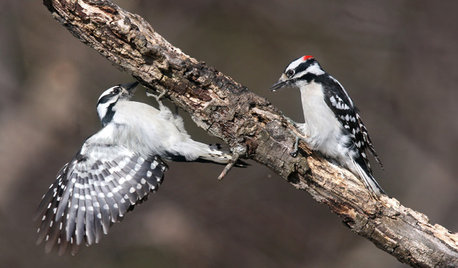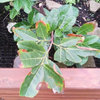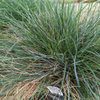Help Identify these pod-looking things!
CityBunny
10 years ago
Related Stories

GARDENING FOR BIRDSBackyard Birds: How to Identify Two Common Woodpeckers
Downy and hairy woodpeckers have similar coloration and behavior. But there are two big differences that separate them
Full Story
DECORATING GUIDESCould a Mission Statement Help Your House?
Identify your home’s purpose and style to make everything from choosing paint colors to buying a new home easier
Full Story
MOVINGRelocating Help: 8 Tips for a Happier Long-Distance Move
Trash bags, houseplants and a good cry all have their role when it comes to this major life change
Full Story
HOME TECHAll Is Not Lost: New Gadgets Help You Find Your Stuff
If you lose it when you lose things around the house (and who doesn't?), one of these wireless finders may be to your gain
Full Story
DECLUTTERINGDownsizing Help: How to Edit Your Belongings
Learn what to take and what to toss if you're moving to a smaller home
Full Story
SELLING YOUR HOUSEHelp for Selling Your Home Faster — and Maybe for More
Prep your home properly before you put it on the market. Learn what tasks are worth the money and the best pros for the jobs
Full Story
HOUZZ TOURSHouzz Tour: Three Pods Make a Beach House in New Zealand
See how separate living and utility zones boost the beach experience on Waiheke Island
Full Story
DECORATING GUIDESDownsizing Help: Color and Scale Ideas for Comfy Compact Spaces
White walls and bitsy furniture aren’t your only options for tight spaces. Let’s revisit some decorating ‘rules’
Full Story
LIFE12 House-Hunting Tips to Help You Make the Right Choice
Stay organized and focused on your quest for a new home, to make the search easier and avoid surprises later
Full Story
LIFEDecluttering — How to Get the Help You Need
Don't worry if you can't shed stuff and organize alone; help is at your disposal
Full Story










agardenstateof_mind
rhizo_1 (North AL) zone 7
Related Professionals
Manorville Landscape Architects & Landscape Designers · Signal Hill Landscape Architects & Landscape Designers · White Oak Landscape Architects & Landscape Designers · Manchester Landscape Contractors · Burien Landscape Contractors · Doctor Phillips Landscape Contractors · Farmington Landscape Contractors · Fuquay-Varina Landscape Contractors · Hurricane Landscape Contractors · Lancaster Landscape Contractors · New Cassel Landscape Contractors · Oakland Landscape Contractors · Overland Park Landscape Contractors · Rockland Landscape Contractors · Secaucus Landscape ContractorsCityBunnyOriginal Author
rhizo_1 (North AL) zone 7
agardenstateof_mind